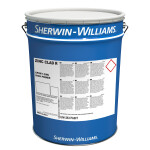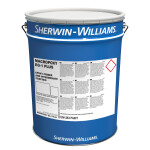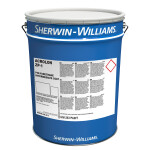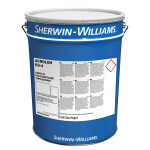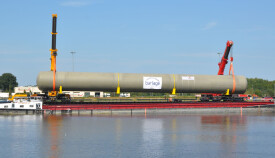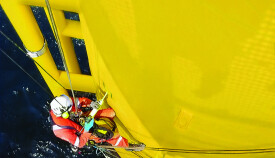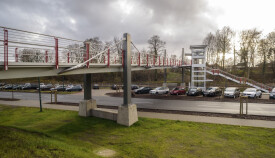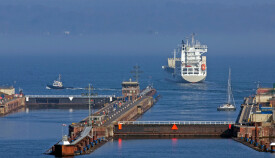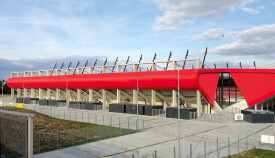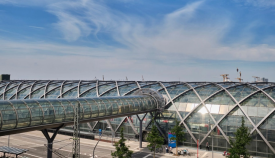In the course of the reorganization of the Stuttgart railway junction ("Stuttgart 21") a steel sail bridge was built by Deutsche Bahn in Stuttgart-Bad Cannstatt according to the designs of the engineering office Schlaich Bergermann Partner. In addition to four tracks, the structure provides space for a suspended cycle path and pedestrian walkway. Trains are scheduled to roll over the 345 metre-long bridge from the end of 2025.
Factory corrosion protection work
The new 4,700-tonne steel railway bridge was built two-thirds using the time-shifting process, and one third of the construction was lifted with large cranes. The individual bridge segments were manufactured by the steel and plant construction division of the Max Bögl Group at the Sengenthal plant. The factory corrosion protection work was also carried out there from November 2016 to June 2018. The coating of the total 20,000 m2 of steel surface corresponds to sheet 87 of the TL/TP-KOR steel structures. The Neckar Bridge in Bad Cannstatt was the first bridge object to be coated with the innovative EG-System Plus. The primer was Zinc Clad® R and the edge protection Macropoxy® EG Phoshpate N in sand yellow. Subsequently, the processors applied Macropoxy® EG-1 Plus in the shade DB 601 as the first intermediate coat and Acrolon® ZP-1 in the shade DB 602 as the second intermediate coat. The coatings were applied using the airless process. The edge areas, in which the bridge parts were later welded together on the building site, were not coated in the factory.
Coating of welding points on site
On site, the individual bridge components were then successively welded together into cycle units in the enclosure and brought to the level of the second coat with Acrolon® ZP-1 segment by segment at the welding points.
Before the total of twelve time shifts of the bridge over the Neckar, the respective bridge segments were given the final top coat of Acrolon® EG-4 in the shades DB 702 and DB 701; Assembly damage was touched up. All coating work was carried out in sectional enclosures.
Faster drying and less solvent
Compared to the conventional EG-system, the innovative EG-System Plus is characterised by a 10 percent higher spreading rate, 15 percent faster drying and 20 percent less solvent. The newly developed Macropoxy® EG-1 Plus intermediate coating mainly contributes to this improved overall balance of the corrosion protection system: it has a 20 percent higher spreading rate than the previous product, dries 30 percent faster and contains 40 percent less solvent.
With the EG-System Plus, the Neckar Bridge in Bad Cannstatt is equipped with reliable protection against corrosion for more than 25 years. This fully meets today's state-of-the-art requirements for a long-lasting and sustainable traffic infrastructure.






